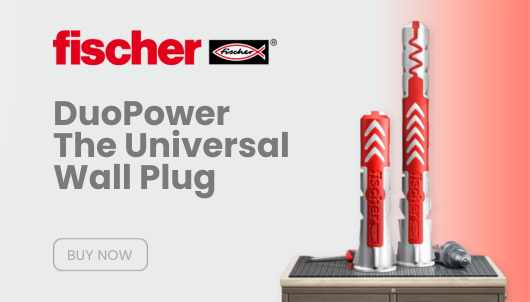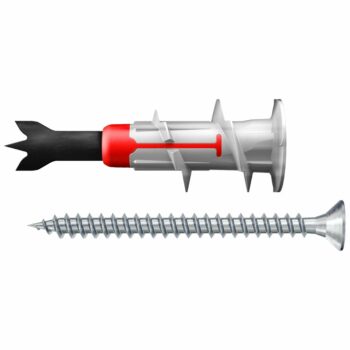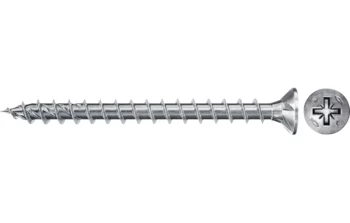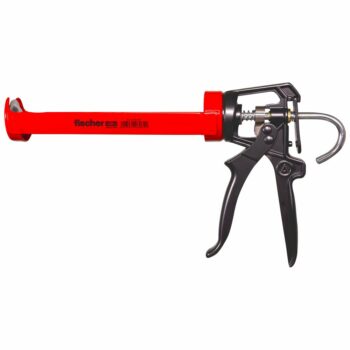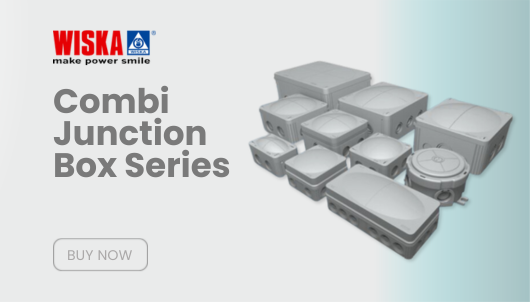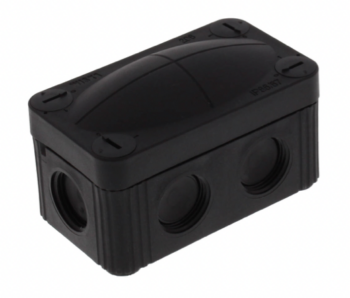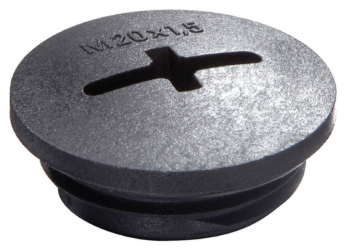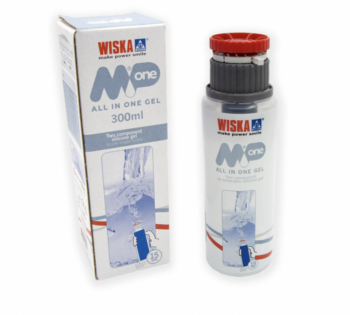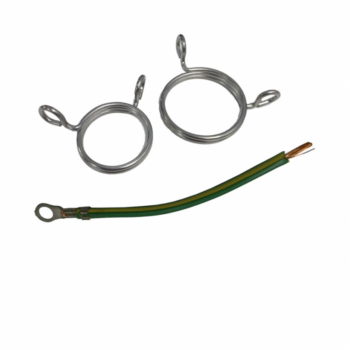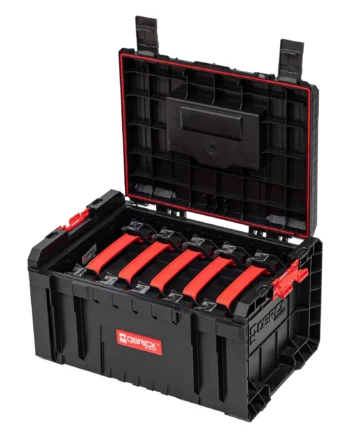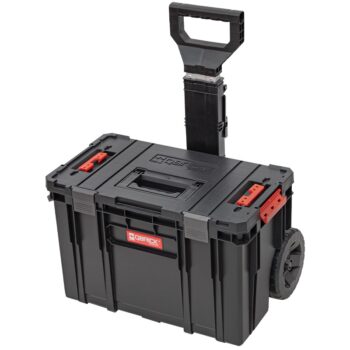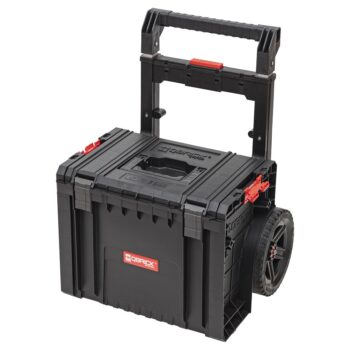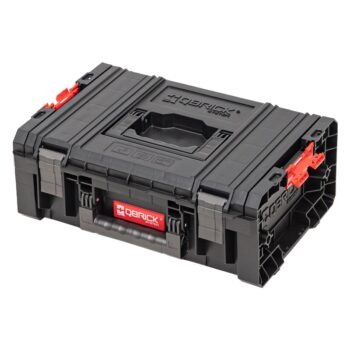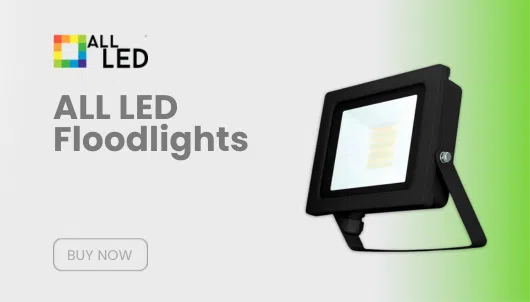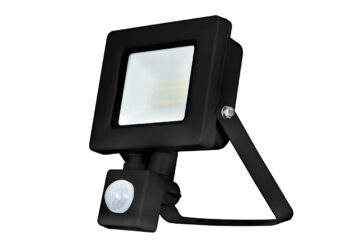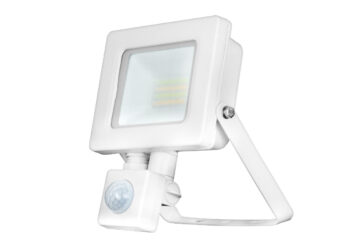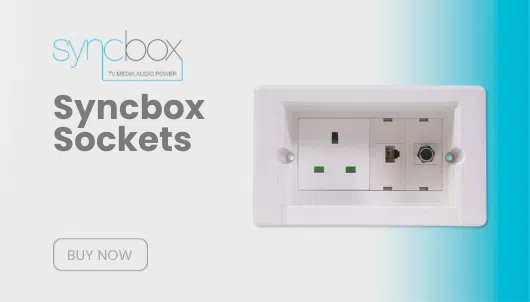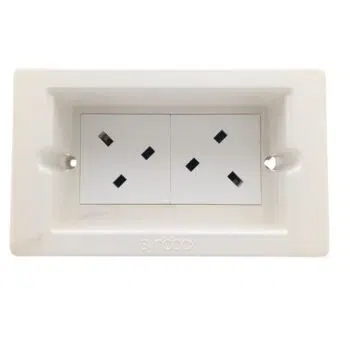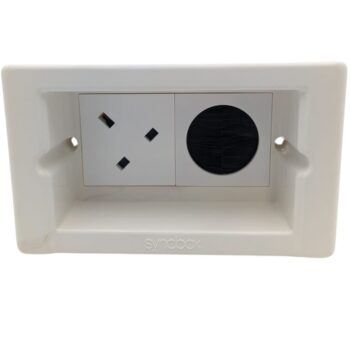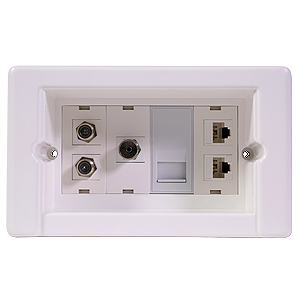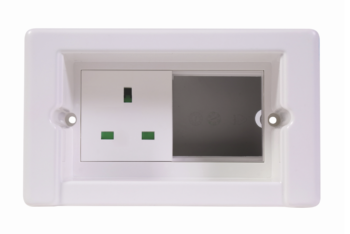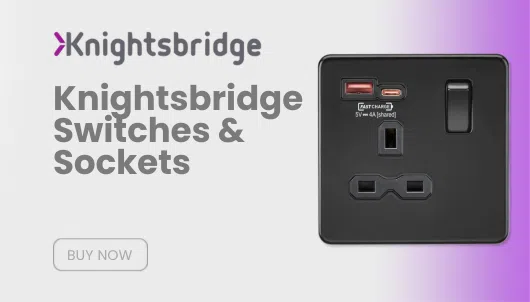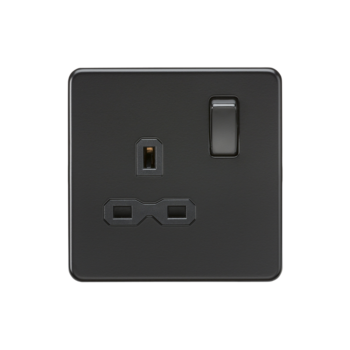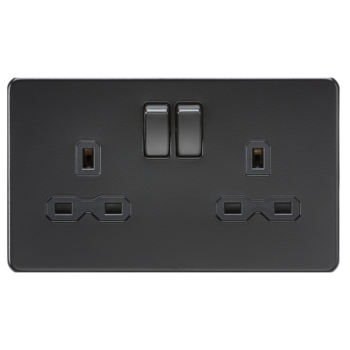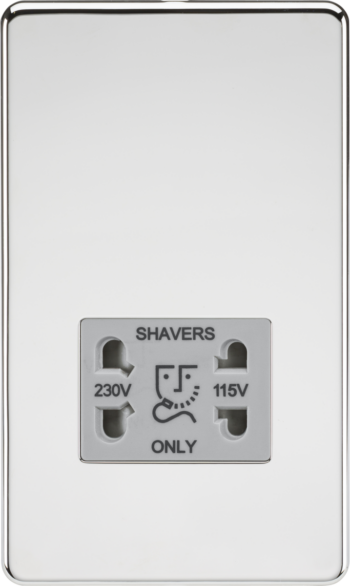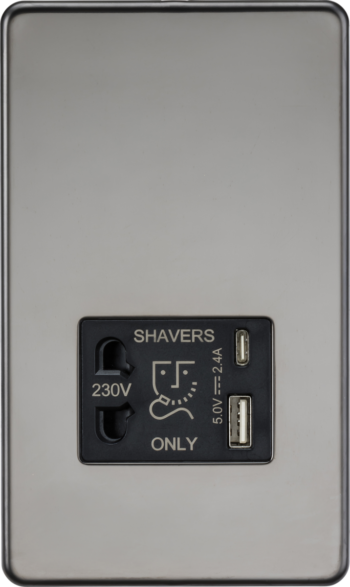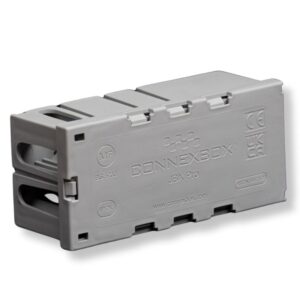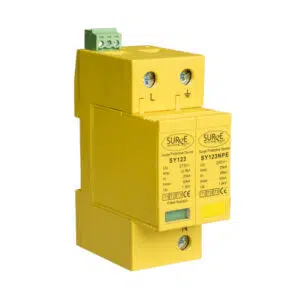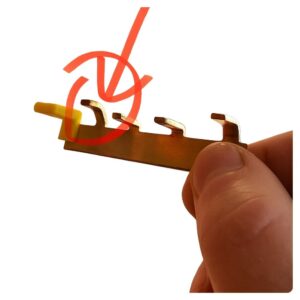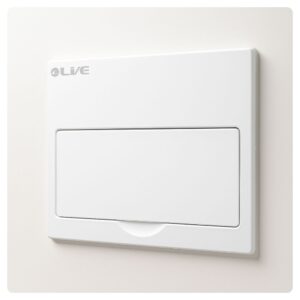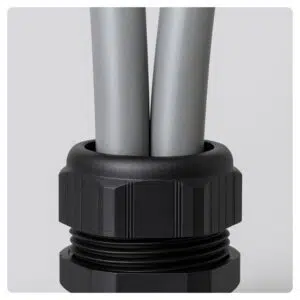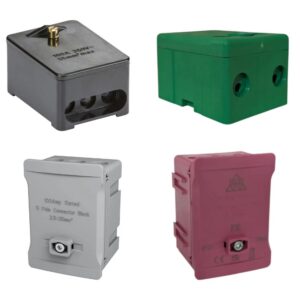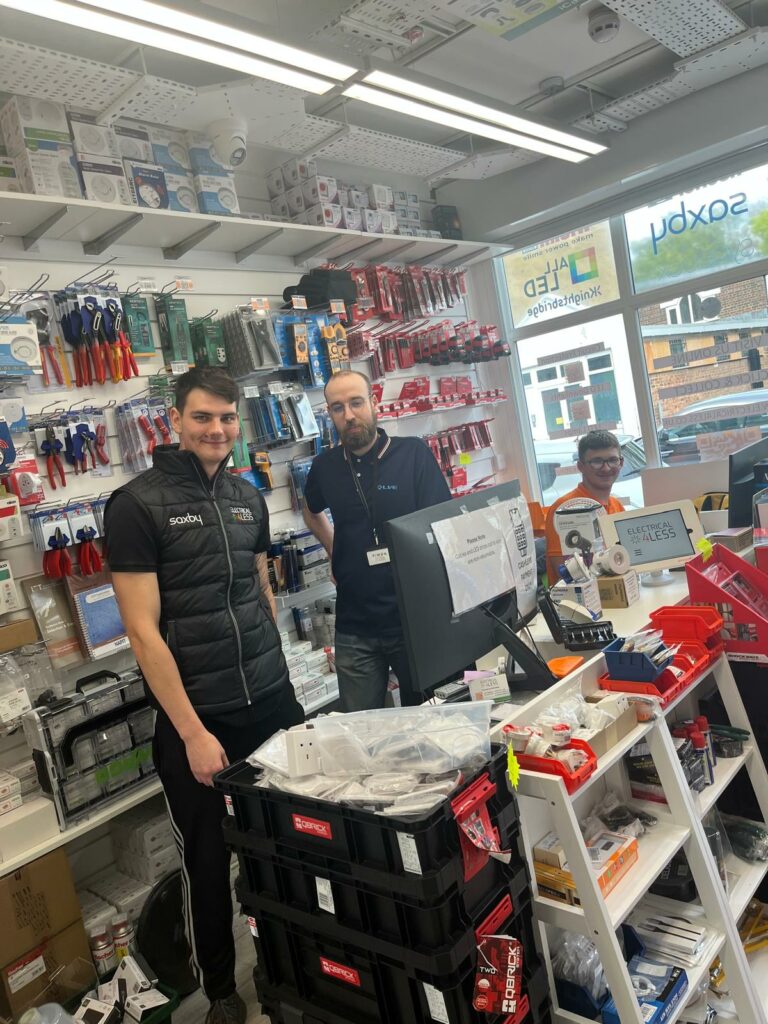
The Ultimate Guide to LED Strip Lighting: A Detailed Look at ALL LED, Saxby, & Hafele
LED strip lighting has transformed modern design with its versatility, energy efficiency, and sleek aesthetic. Whether you’re looking to light up your kitchen, accent your living room, or install commercial-grade lighting for a retail space, LED strip lights are the go-to solution. In this comprehensive guide, we’ll delve into the history of LED strip lighting, explore different variants in voltage, length, and color temperature, and discuss essential accessories like drivers and controllers. We’ll also introduce you to top brands such as ALL LED, Saxby, and Hafele, known for their premium quality and innovative solutions in LED strip lighting.
A Brief History of LED Strip Lighting
LED (Light Emitting Diode) technology dates back to the early 1960s when the first visible-spectrum LED was invented. However, it wasn’t until the 2000s that LED technology evolved to be used in strip form. Early LED strip lights were basic, available only in single-color and rigid configurations. As technology advanced, LED strip lighting has become increasingly flexible, offering multiple color temperatures, dynamic color-changing abilities, and even remote control functionality. This evolution has made LED strips a favorite for both residential and commercial applications.
What is LED Strip Lighting?
LED strip lighting consists of flexible circuit boards embedded with small LED chips that emit light. These strips are often adhesive-backed, making installation simple and efficient. They can be cut to custom lengths, bent around corners, and connected end-to-end, making them ideal for accent lighting, task lighting, and even large-scale commercial projects.
Why Choose LED Strip Lighting?
- Energy Efficiency: LED strips use significantly less power than traditional solutions, making them an eco-friendly option.
- Customizability: Available in various lengths, voltages, and color temperatures.
- Flexibility: The slim, flexible design allows installation in tight spaces and complex configurations.
- Durability: LED strips are long-lasting, often boasting lifespans of over 50,000 hours.
- Low Heat Output: Ideal for under-cabinet lighting or other installations where excessive heat is a concern.
The Best Brands for LED Strip Lighting: ALL LED, Saxby, and Hafele
When it comes to LED strip lighting, not all products are created equal. At the forefront of LED strip technology are three leading brands: ALL LED, Saxby, and Hafele. Each brand brings something unique to the table, from innovative design features to high-quality materials that ensure performance and longevity.
1. ALL LED
ALL LED is known for its high-efficiency LED strip lighting solutions that offer exceptional brightness and color accuracy. Their strips are designed for a wide range of applications, from residential to commercial and even industrial settings.
- Versatility: ALL LED strips come in various voltages, ranging from 12V to 24V, making them suitable for different types of installations.
- Color Temperature Options: ALL LED offers strips in multiple color temperatures, from warm white (2700K) to cool white (6500K). This versatility ensures that you can create the perfect ambiance, whether you want a cozy, inviting space or a bright, functional environment.
- Advanced Features: Many ALL LED strip lights are dimmable, allowing for greater control over brightness levels. Additionally, their products are compatible with various drivers, including remote control options for maximum convenience.
2. Saxby Lighting
Saxby is a brand that combines innovation with affordability, offering LED strip lighting solutions that are both cost-effective and high-quality. Known for their easy installation and sleek designs, Saxby is a go-to for homeowners and contractors alike.
- Multiple Length Options: Saxby LED strips come in various lengths, typically sold in rolls of 5 meters. However, they can be cut to custom lengths, making them perfect for bespoke lighting designs.
- Remote Control Compatibility: Many Saxby LED strips are compatible with remote control systems, allowing users to change color temperatures, dimming, or switch between static and dynamic modes with ease.
- IP Rated: Saxby also offers waterproof LED strips, ideal for outdoor installations or areas with high humidity, such as kitchens and bathrooms.
3. Hafele
Hafele is renowned for its premium-quality LED lighting solutions, specifically designed for the high-end market. They focus heavily on under-cabinet and accent lighting, which makes their LED strip lights a popular choice for kitchens, bathrooms, and retail displays.
- Precision & Performance: Hafele LED strips are known for their precise color rendering and high output, ensuring that your space is lit perfectly, whether it’s for task lighting or decorative purposes.
- Driver Solutions: Hafele offers a range of drivers that are compatible with their LED strips, including dimmable options and remote-control systems.
- Energy Efficient: Like other top brands, Hafele focuses on energy-efficient designs that help reduce your carbon footprint while still delivering top-tier lighting performance.
Key Features of LED Strip Lighting
1. Voltage Options
LED strip lighting comes in several voltage options, most commonly 12V and 24V. The voltage you choose depends on your specific lighting requirements:
- 12V LED Strips: Typically used for smaller, more intricate installations. These are great for residential projects where lower voltage is sufficient.
- 24V LED Strips: Offer higher brightness levels and are more suitable for longer runs without experiencing voltage drop. These are ideal for commercial or large residential installations.
2. Length and Customizability
Most LED strips are sold in standard rolls of 5 meters, but they can be cut to fit any length you need. Cut points are usually marked on the strip, allowing you to customize the strip to suit your specific lighting project. Whether you need under-cabinet or architectural accent lighting, LED strips can be adapted to your requirements.
3. Color Temperature Variants
LED strip lights are available in various color temperatures:
- Warm White (2700K-3000K): Creates a cozy, welcoming atmosphere. Ideal for living rooms, bedrooms, and hospitality settings.
- Neutral White (4000K-4500K): Offers a more balanced, natural light. This is perfect for kitchens, bathrooms, and task-oriented spaces.
- Cool White (5000K-6500K): Provides a bright, crisp light that is often used in commercial settings, garages, or workspaces.
Some LED strips offer dynamic color-changing capabilities (RGB or RGBW), allowing users to switch between multiple colors and create dynamic lighting scenes.
4. Drivers and Power Supplies
LED strips require a compatible driver or power supply to operate. Drivers convert AC (alternating current) to DC (direct current) and regulate the voltage to ensure the LED strip operates correctly. Different strips may require specific drivers based on their voltage and wattage.
- Dimmable Drivers: Many LED strips are compatible with dimmable drivers, which allow you to adjust the brightness levels.
- Remote Control Drivers: Some drivers also come with remote control functionality, allowing for easy management of brightness, color temperature, and other features from a distance.
5. Remote Control and Smart Connectivity
As technology advances, many LED strip lights now offer remote control options and smart home compatibility. With remote control systems, users can easily adjust brightness, color, and even set timers. Some brands offer integration with smart home systems like Google Home and Amazon Alexa, making it possible to control your lighting through voice commands or mobile apps.
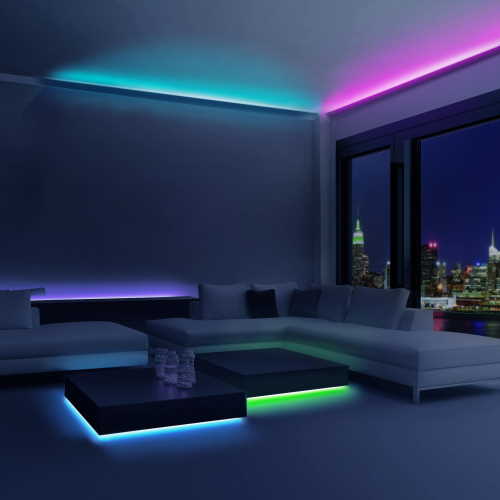
Conclusion
LED strip lighting offers unparalleled flexibility, energy efficiency, and a sleek modern design that can be adapted to a wide range of applications. Whether you’re choosing a high-end option like Hafele, a versatile solution from ALL LED, or an affordable yet reliable strip from Saxby, LED strips will transform the way you light your space. With different voltage options, customizable lengths, a variety of color temperatures, and smart control systems, the possibilities for LED strip lighting are endless.
From mood lighting in your living room to task lighting in your kitchen, LED strip lights provide the perfect balance of function and aesthetics. Explore the extensive collections from ALL LED, Saxby, and Hafele to find the ideal LED strip lighting solution for your next project.
See our full range of LED Strip here!
LED Strip Lighting FAQ
Yes, LED strip lights are legal to use in residential and commercial settings. However, there may be restrictions when installing them in vehicles, as some colored LEDs could be considered distracting to other drivers. Always check your local regulations for vehicle lighting to ensure compliance.
No, LED strip lights are very energy-efficient compared to traditional lighting. On average, they use around 7 to 15 watts per meter, depending on brightness and color temperature, which is significantly lower than incandescent or halogen lights.
Yes, most LED strips are designed with specific cut points, usually marked by a line or a small scissor icon. You can safely cut along these points without damaging the remaining strip, as long as you follow the manufacturer’s guidelines.
Yes, LED strip lights are safe to leave on all night as they emit very little heat and are highly energy-efficient. However, it’s a good idea to ensure they are properly installed and connected to a suitable power source to avoid any potential risks.
LED lights can reduce your light bill because they use far less electricity than traditional incandescent or halogen bulbs. Even though they may have a higher upfront cost, their energy efficiency results in long-term savings.
If your LED strip lights stop working after being cut, it’s likely due to cutting in the wrong place or damaging the strip’s circuit. Ensure that you cut only at the designated cut points and double-check your connections to power or controllers.
If your LED strip lights are too long, you can cut them at the designated cut points, usually marked every few inches along the strip. If you’re unable to cut the strip, you may have to loop or hide the excess behind fixtures or in inconspicuous areas.
Yes, LED strip lights can typically be removed from walls or surfaces. However, if adhesive was used, it might leave some residue. Use a gentle adhesive remover or heat (e.g., a hair dryer) to help with the removal without damaging the surface.
In some cases, the adhesive on LED strips may pull paint off walls, especially if the paint is not firmly bonded to the wall. To minimize the risk, you can use less sticky adhesive or place the LED strips on a non-painted surface like wood or metal.
It is not recommended to paint over LED strip lights as this could affect their light output, reduce their efficiency, and even lead to overheating. If you want to change their appearance, it’s better to use colored covers or diffusers designed for LED strips.
High-quality LED strip lights can last anywhere from 30,000 to 50,000 hours or more, depending on usage and environmental factors. That’s equivalent to several years of continuous operation, making them a cost-effective lighting option.
No, LED strips are extremely energy-efficient and use only a fraction of the electricity compared to traditional incandescent or halogen lighting. They consume minimal power, making them an eco-friendly and cost-effective lighting solution.
LED lights may dim over time due to a natural process called lumen depreciation, where the light output decreases gradually. This happens as the components in the LED degrade. Excessive heat or poor-quality LED products may also accelerate this process.
LED strip lights produce minimal heat compared to traditional light sources, making them safer for use in tight spaces or around heat-sensitive areas. While they do get warm during use, they should not become excessively hot to the touch.
Using the wrong dimmer with LED lights can cause flickering, buzzing, or even damage to the LED lights. It’s important to use dimmers that are specifically designed for use with LEDs to ensure smooth operation and avoid issues.
Using a non-dimmable LED bulb in a dimmer can cause the bulb to flicker, buzz, or fail prematurely. Non-dimmable bulbs are not designed to handle variable current, so it’s best to avoid using them with dimmers.
Yes, you need a dimmer that is compatible with LED lights. Traditional dimmers may not work well with LEDs, causing flickering or uneven dimming. LED-specific dimmers are designed to provide smooth, consistent dimming performance.
The two main types of LED light strips are single-color strips (which emit one color of light, such as warm white or cool white) and RGB/RGBW strips (which offer dynamic color-changing options and can produce millions of different colors).
Yes, LED strip lights can be wired to a switch for easy on-and-off control. You’ll need to connect them to a compatible driver or transformer that matches the voltage of the strip and switch.
Yes, LED strip lights can be connected to the mains, but you will need a transformer or driver that converts the mains voltage (110V/240V) down to a safe level (typically 12V or 24V) for the LED strips.
To connect LED strips directly to power, you’ll need a power supply that matches the voltage and wattage of your strip. Simply connect the positive and negative terminals of the strip to the corresponding outputs on the power supply or driver.
The power supply for your LED strip lights should match the voltage of the strip (usually 12V or 24V) and provide enough wattage to support the entire length of the strip. For example, if your LED strip consumes 10 watts per meter and you have 5 meters, you’ll need a power supply that provides at least 50 watts.
To connect LED strips to wall sockets, you need a plug-in power supply or transformer with an appropriate voltage rating. Simply plug the power supply into the socket, and connect the output terminals to the LED strip.This comprehensive FAQ covers everything you need to know about LED strip lighting, from installation to maintenance and troubleshooting. Whether you’re a homeowner looking to upgrade your lighting or a professional installing them for a client, understanding these key points will help ensure your LED strip lighting experience is seamless and efficient.





